After more than three decades, detectives reopen an unsolved Roseville murder
There was darkness over the tracks.
In the pre-dawn hours of Sept. 26, 1984, a patrol car moved down Roseville’s Atlantic Street, its headlights tracking smoke-brushed freight cars that idled in the largest switchyard on the West Coast. This was a sliver of the city some stayed away from after dusk. Its nighttime corridor was split by rundown bars on one side and a dim plain of cold rails and bending shadows on the other. This wasn’t the Roseville that would later be known as a sprawling, suburban commerce center. This was the twilight of blue-collar Roseville – the rowdy last vestiges of a worn-out railroad town. The nocturnal makeup here was barking voices and clanking bottles in the taverns, while 20 feet away, the railyard stirred with signalmen moving freight cars by streetlamps and rootless boxcar riders huddled around camp fires. Atlantic Street passed sundown was always a roughneck landscape of strangers. Men drifted in from nowhere, then hopped trains, never to be seen again.
The officer pulled to a stop. He was responding to 911 call about a woman who’d been spotted lying on the ground. A man had told the dispatcher that someone should check on her. The officer started making his way toward the West House, a turn-of-the-century hotel and saloon with a faded marquee jutting like a stiletto into the moonlight. Beyond its curved, lamp-lit canopies and glass block windows was an alley that cut behind the east wall. Venturing in, the officer encountered a savage sight.
A call went over the radio and Roseville homicide detective James Fujitani was soon looking at a body behind a dumpster. It was a 69-year-old woman named Madeline Garcia. Some knew her as “the Earlier Riser,” but most in the neighborhood simply called her “the Can Lady.” Garcia wasn’t indigent. She lived in a tidy Craftsman home that was a 15-minute walk from the other side of the railyard. Her nickname came from the fact that every morning before daybreak, she’d venture out through the unlit alleys and avenues of central Roseville to collect cans from trash bins. Sometimes she’d be fetching her bounty while riding a big, bizarre tricycle. Other times she’d be trudging along, mummified in a fluffy coat and floppy hat, hauling a bag of aluminum loot over her shoulder.
To the merchants and bar owners, the Can Lady was just another offbeat fixture of the historic quarter, her diehard routine part of a city’s mundane morning rhythms. But the community’s image of Garcia bore little resemblance to what Fujitani was staring down at. The woman’s face had been beaten almost beyond recognition. She was covered in blood and her own body fluids.
“She was brutally attacked,” he recalled. “It was such a violent attack that we found her false teeth in the gutter.”
The police caught sight of a semi-spattered blood trail down Atlantic Street. There was an odd pattern to the crimson mess: The trail was mostly long, drawn-out marks, though every 20 or 30 feet, it was punctuated by a large splat. Garcia was not a small woman. It appeared the killer had been carrying her over his shoulder, but kept dropping her on the ground. Fujitani’s team followed the grim tracers for 300 feet, where they stopped near a bar called Gordie’s Club.
The detective had three questions in front of him. How did the assault happen? Where did the attack start at? Why was Garcia the target? The first two puzzles were solved before the day was out. But the question of why Garcia fell prey to such a ruthless predation would allude Fujitani’s department for decades to come. Yet the careful work that he and his team did that morning – combined with the later efforts of a cold case investigator – has now given some of Placer County’s most experienced detectives new leads in the case.
And for longtime residents who knew Garcia, that’s raised an unexpected question after nearly 40 years: Is there finally a chance to know what happened to the Can Lady?
A yard of ghosts, a house of drifters

An evidence technician named Gary DeMille stood behind the dumpster photographing Garcia’s remains. Sun was rising over the railyard as Fujitani studied the blood trail. This was the golden window for collecting evidence. Finding every last piece of it was critical.
Fujitani was arguably the ideal man for the job.
Raised in nearby Lincoln, his parents never thought he’d become a police officer, let alone a homicide detective. He’d been a science enthusiast growing up, a kid with an affinity for fishing and all things outdoors. Since he studied biology and population genetics in college, Fujitani had been following advancements in forensic science since the late 1970s. His fellow investigators noticed that his academic-mindedness – and habit of talking “biology shop” with medical examiners during autopsies – bred an analytic approach that was fine-tuned to small details at a crime scene.
Fujitani’s team began combing the area, searching for hairs, fibers, finger prints, additional blood and fluid samples. They even collected cigarette butts on the ground. They could see that the plasma trail leading up to the alley started near the corner of Lincoln Street. When they made the turn, they found Garcia’s signature floppy hat down on the sidewalk by her bag of aluminum cans. Fujitani expanded the crime scene. Whoever killed Garcia, he had first gone after her near the Roseville Telephone Company.
The detective took it all in. It wasn’t a great scenario for witnesses. Even though the assault started within view of Vernon Street, Roseville’s main historic avenue, it was a dead scene during the witching hour. Beyond the occasional streetsweeper, few would have been out. The prospects for witnesses were better once the perpetrator had carried Garcia down Atlantic Street. Though the bars at Gordie’s Club and the West House were closed for the ghoulish spectacle, there was a chance that railyard employees or lingering boxcar riders could have glimpsed something from a distance. Better still, when the killer dragged Garcia’s body into the alley, he’d been laboring below the upstairs sleeping quarters of the West House. Most of its rooms at the time were occupied by nomads, loners and Union Pacific men from faraway places. And if none of these short-term strangers admitted to seeing anything, then Fujitani knew the killer’s identity might lay in the very nature of that riddle.
The possibility that the killer hopped off a train was especially troubling. It invoked some bad history in Roseville. In the 1940s, a deranged drifter the newspapers dubbed “the Jungle Killer” had stalked this section of the switchyard. He’d murdered numerous men from Bakersfield to Auburn. In Roseville, he’d collapsed a down-and-out veteran’s skull in with a massive rock. The police never caught him. He simply got bored one day and turned himself in. Placer County’s sheriff at the time eluded to how hard the case would have been to solve.
Now, Fujitani could relate.
“The question was, if this was a railroad transient, we might have an issue even trying to locate the suspect,” he remembered.
By late morning, Roseville police had compiled a list of people staying inside the West House. They began doing interviews. Fujitani was soon writing a 40-page report on the initial hours of the investigation.
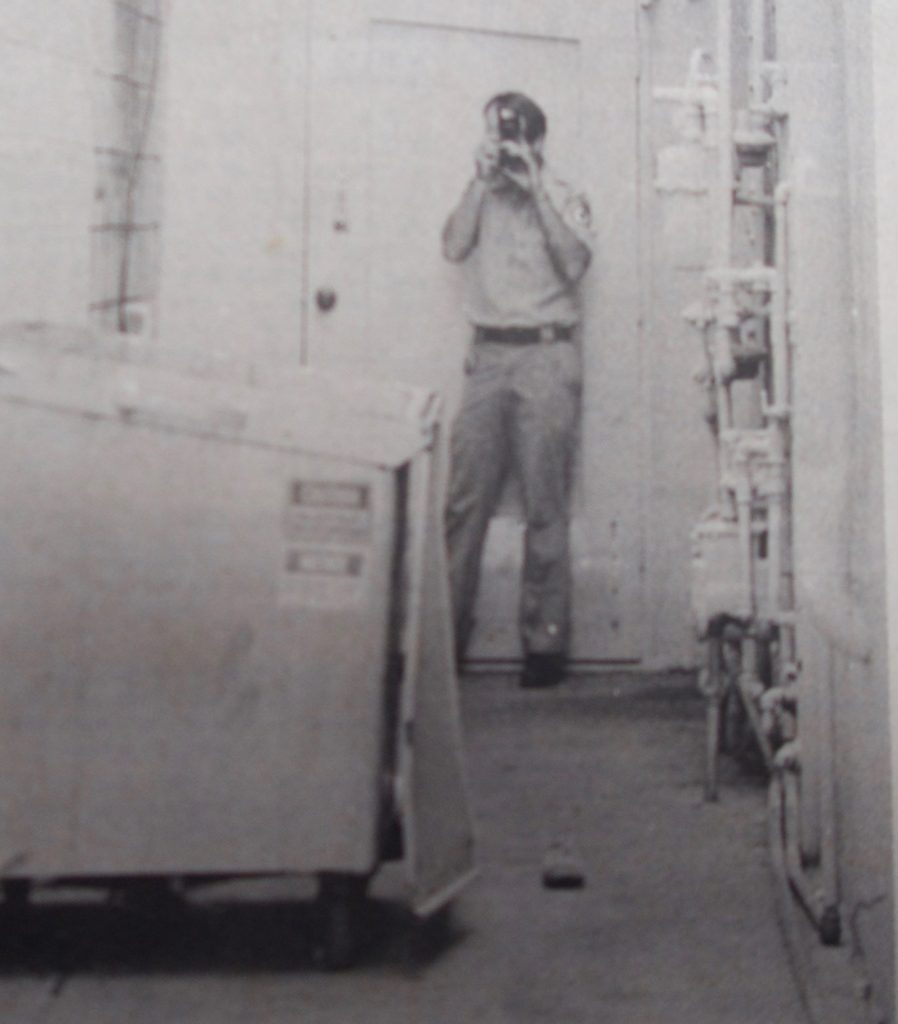
Questions of chance soon hovered over the case. One involved why police couldn’t locate witnesses in the railyard. Anyone familiar with Union Pacific’s operation there knew sometimes heavy freight cars got unhooked, causing a thunderous sound, like bombs detonating in the center of the city. Had such a commotion muffled Garcia’s cries and screams?
News of the Can Lady’s death broke the same day in The Roseville Press Tribune. In ran on the front page, below the fold, opposite of a wire story about Charles Manson being lit on fire by a fellow inmate at Vacaville prison. The headline for Garcia’s story read, “Woman found dead in alley.” The headline for the other, “Fellow killer turns Manson into human torch at prison.”
Garcia’s autopsy was completed within 24 hours. Her body was sent to a Spanish-style funeral home with an Art Deco sign on Douglas Boulevard. The next morning, The Tribune upgraded her murder to the top of the fold with the headline, “Kind woman’s brutal slaying shocks friends.” Its reporters had interviewed Garcia’s family and friends. In doing so, they offered a picture of her that was different from what Roseville’s police and business owners knew. The city’s beat cops had observed Garcia to be a brash, sometimes confrontational women who wasn’t above arguing with people over cans. “Madeline was a pretty ‘straight-up’ lady,” is how Fujitani put it.
But in talking to those close to her, a different picture emerged, that of the sweet, helpful, matron of Hill Avenue. Neighbors recalled her happily giving out homemade preserves and goodies that she’d baked. Children on the street got their own treats from her, as well as eager help with their hobbies. Forty years later, this is the version of Garcia that Roseville’s Phoebe Astill still remembers. Astill had lived just two doors down from the Can Lady.
“Madeline wouldn’t hurt fly,” Astill stressed. “And she was really great to the kids on the street. My grandkids called her grandma, because she was always so good to them. They’d be out there laughing and joking, and that’s the way I remember her.”
She added, “My grandkids were devastated when they heard she was killed.”
Yet, there was at least one hint of the Can Lady’s cantankerous side in the Sept. 27 story, and it was of clear interest to police. Garcia’s sister, Mary Panighetti, told reporters that the victim had a disturbing encounter with a stranger while collecting cans the week before. According to the sister, Garcia encountered an off-putting man, and they’d argued, somewhere near Atlantic and West Washington streets, which was the same spot where she was later attacked.
Panighetti related her sister’s exact words about the incident: “She said, ‘He scared me, and such a dirty mouth he had. I told him to go find a job.’”
On that particular morning, Garcia was riding her big, custom tricycle. She was able to quickly ride away.
Go find everyone
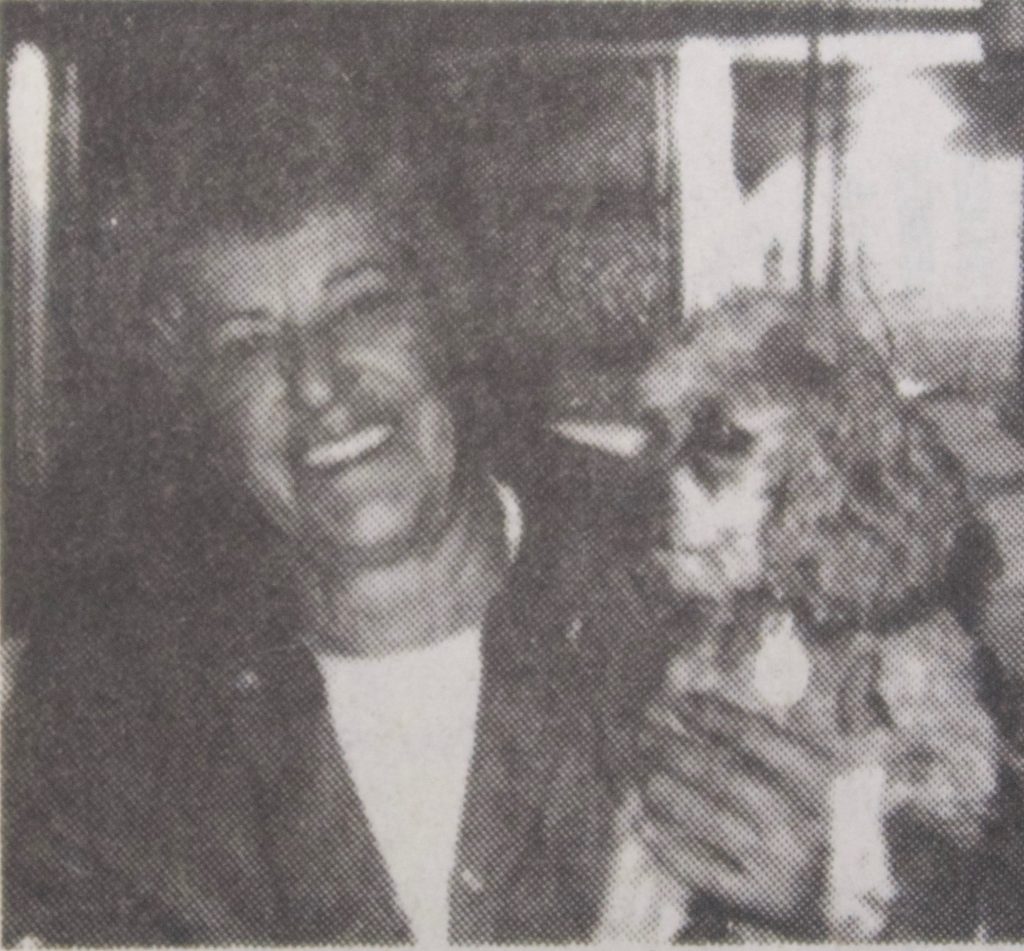
It was a spontaneous blur of violence that pulled Fujitani off the Garcia case.
Just five days after the Can Lady was battered to death on Atlantic Street, a confrontation erupted a mile away at some apartments on Oakland Avenue. David Dominguez, 22, felt he was being bullied by a guy from his neighborhood named Jesse Laumbach. On that day, Dominguez ran into Laumbach on the staircase and pulled out a pistol. Laumbach brought his palms into the air, saying, “What are you going to do, shoot me?”
Dominguez drilled a bullet right between his eyes. He then caught a glimpse of Laumbach’s 18-year-old stepbrother, Lazaro Quiroz, peeking around the corner of a fence. Dominguez raised the gun and clipped him before the teenager could escape. Dominguez strolled down the steps, hopped over Laumbach’s body, put another round in Quiroz then ended the onslaught by firing twice more into the lifeless body of his rival.
It was Roseville first double-homicide on the books. Fujitani was re-assigned to the shocking scene. His work that week eventually lead to Dominguez being sentenced to life in prison without parole.
Meanwhile, the Garcia case was handed to Roseville police detective Brian Wilder. Eventually, every person who’d been staying at the West House was questioned. So was the man who made the 911 call, as well as the mysterious stranger who’d confronted Garcia the week before her death. Investigators ultimately contacted over 1,500 people who were in that area during the timeframe of the murder.
But the probe began to stall. Trails went cold. Clues went nowhere. New violent crimes came up and needed attention. By late October, a Press Tribune headline about a different California case foreshadowed what could happen in Garcia’s saga: “SF’s Zodiac Killer still sought, but leads fade.”
Fujitani retired in 2008, though he kept his ear to the ground when it came to the Can Lady.
By that point, Roseville police detective Kurt Leatherman was trying to pick up the scent. He’d been a patrol officer at the time of the killing and had occasionally spoken to Garcia.
“It always stood out in my mind because she was the first person who I’d actually known who was murdered,” said Leatherman, now retired.
He combed through old evidence logs and started selecting items to be submitted for forensic analysis based on new technology. He eventually organized the case into binders that were kept as his desk, often using them to walk new investigators in his unit through what was known about the murder. Over the course of a decade, Leatherman identified – and cleared – numerous potential suspects. It was a painstaking process of elimination that was getting his department closer to understanding what happened on Sept. 26, 1984.
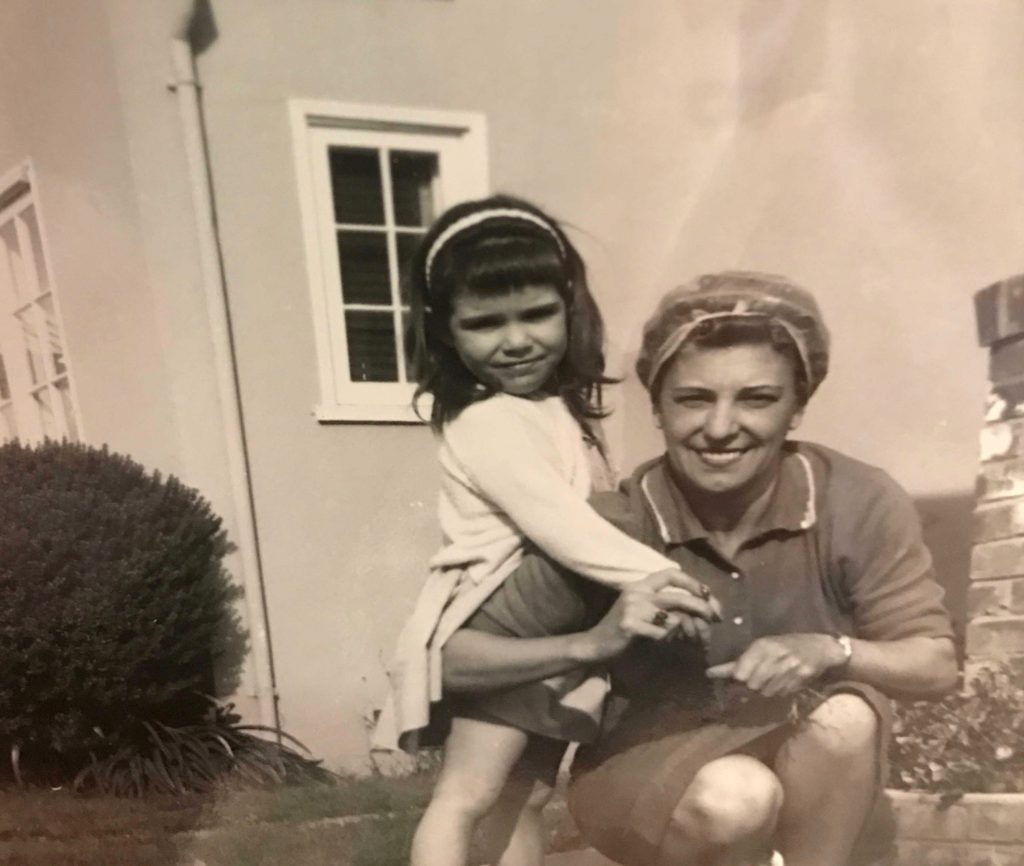
While progress on the Garcia case became like a faucet drip, Leatherman did manage to crack Roseville’s other major cold case, the murder of a 46-year-old train-hopper named John Owens. It was a break that would have ripple effects for future detectives seeking justice for the Can Lady.
Owens had been bludgeoned to death near a southwest span of the railyard in 2000. Given that his killer was also a rail-rider, the department was searching for an unknown person who could literally be anywhere in the United States. If there were witnesses, they’d also be hiding in engine barns and freight depots scattered from the Midwest to the Deep South. It was a daunting challenge. But in 2011, Leatherman used DNA from the scene to prove his victim was murdered by “Dirty Mike” Adams, a self-proclaimed enforcer for the notorious rail gang, the Freight Train Riders of America. Adams has since claimed that he was mentored by the train-hopping serial killer John Boris, better known in the switchyards as “Dog Man Tony.” It’s now believed Adams has multiple victims, including a woman who was murdered in El Paso, Texas, and two off-the-grid drifters killed in the state of Washington. Leatherman put “Dirty Mike” behind bars for good, though as recently as 2015 investigations were continuing into slayings he may have committed in the Pacific Northwest.
Like Fujitani, Leatherman had to consider whether Garcia had also met up with some devious denizen of the rail line. Yet studying the crime scene, Leatherman thought the killer had some familiarity with Downtown Roseville. There were nooks and shallow alcoves from Lincoln to Atlantic Street, places the assailant could have briefly stashed Garcia’s body as he made his getaway. Instead, the killer created a long, bizarre blood path in order to get to a deep, narrow alley, which had a dumpster for an additional shield. The killer didn’t discover that alley in the heat of the moment. He likely knew it was there – and that it offered privacy to finish what he’d started in the open.
Leatherman passed on such insights, along with his massive binders, to Roseville homicide detective Mary Green when he retired. Green started working the case, though she and her partner, detective Vince Dutto, were soon pulled into yet another train-hopper homicide. This time the skeletal remains that were found belonged to a popular 19-year-old college student named John Alpert, a would-be adventurer who’d decided to dip his toe into the “traveling” subculture. The young man was stomped to death in a secluded camp under one of Roseville’s railroad bridges. It happened not far from where “Dirty Mike” had brutalized Owens thirteen years before.
With killers unknown spread across the country, it was another case that had the potential to go irreversibly cold. But Leatherman had proven to younger detectives, including Green and Dutto, that murders committed by elusive rail-riders could actually be solved. After executing dozens of warrants and trekking through five different states, Green and Dutto arrested four suspects in Alpert’s slaying, all of whom pleaded guilty in 2017.
Now, Dutto is assigned to the Garcia case as an investigator for the Placer County District Attorney’s Office. He’s re-opened it as part of a joint probe with veteran Roseville Police Detective David Harlan. On a recent summer afternoon, Dutto and Harlan revisited the scene of the crime with Leatherman. “This is the one case that I worked on here that’s still open that I’d really like to see solved,” the retired investigator told them.
Dutto thinks there’s a possibility.
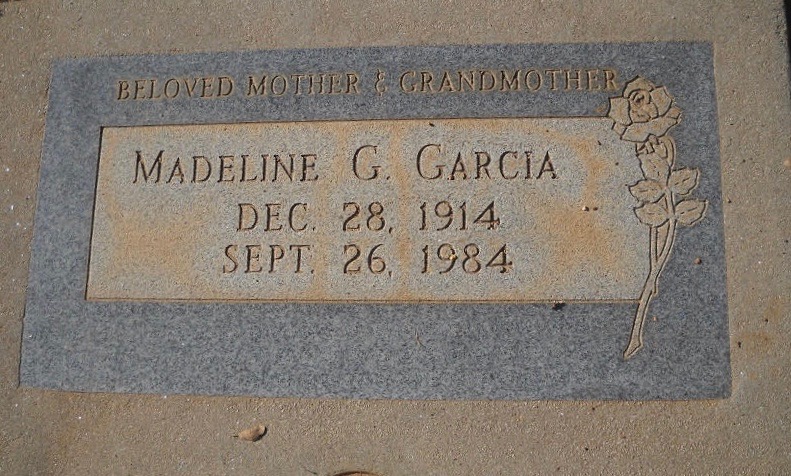
Since Fujitani and DeMille were thorough in their crime scene examination, multiple pieces of evidence have been forensically examined and tested for DNA and other biological evidence over the years. There has now been a host of advancements in forensic science, including in hair bacterial assessment, fingerprint time-tracing, familial DNA sequencing, 3D-modeling of crime scenes and methods of laser ablation coupled with plasma spectrometry, which can match tiny particles a suspect leaves on a victim, for example, from their clothing.
In February, new forensic technology led investigators to arrest Roseville’s Michael Green for the 1985 slaying of El Dorado Hills newspaper reporter, Jane Hylton. Two month later, Sacramento police detectives used similar methods to solve the 1981 murder of 17-year-old Mary London, stabbed to death by a teenager named Vernon Parker, who was later murdered. These breakthroughs followed Sacramento investigators’ involvement in the 2018 blockbuster arrest of Joseph D’Angelo, the now-confessed Golden State Killer and East Area Rapist.
For Astill, the prospect that a similar measure of justice could still come for the woman who inspired her grandchildren all those years ago is a surprising one – but also a comforting one.
“I would be very happy, because then the rest of us could be at peace,” Astill reflected. “We’d know it’s been taken care of, and one person is off the streets who shouldn’t be on the streets.”
Scott Thomas Anderson is also the writer-producer of the true crime podcast series, ‘Trace of the Devastation.’
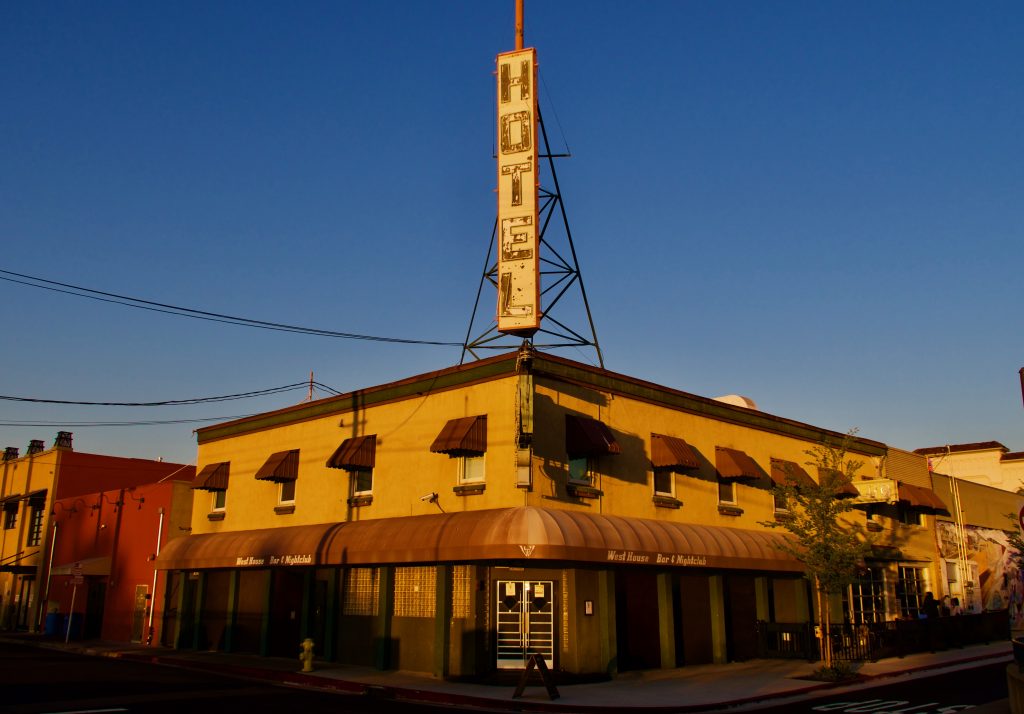






Thank you Scott for the great article. I hope this mystery can be solved and her family can finally find some peace
Another well written story about the sad demise of the victim. I see great success in your future!